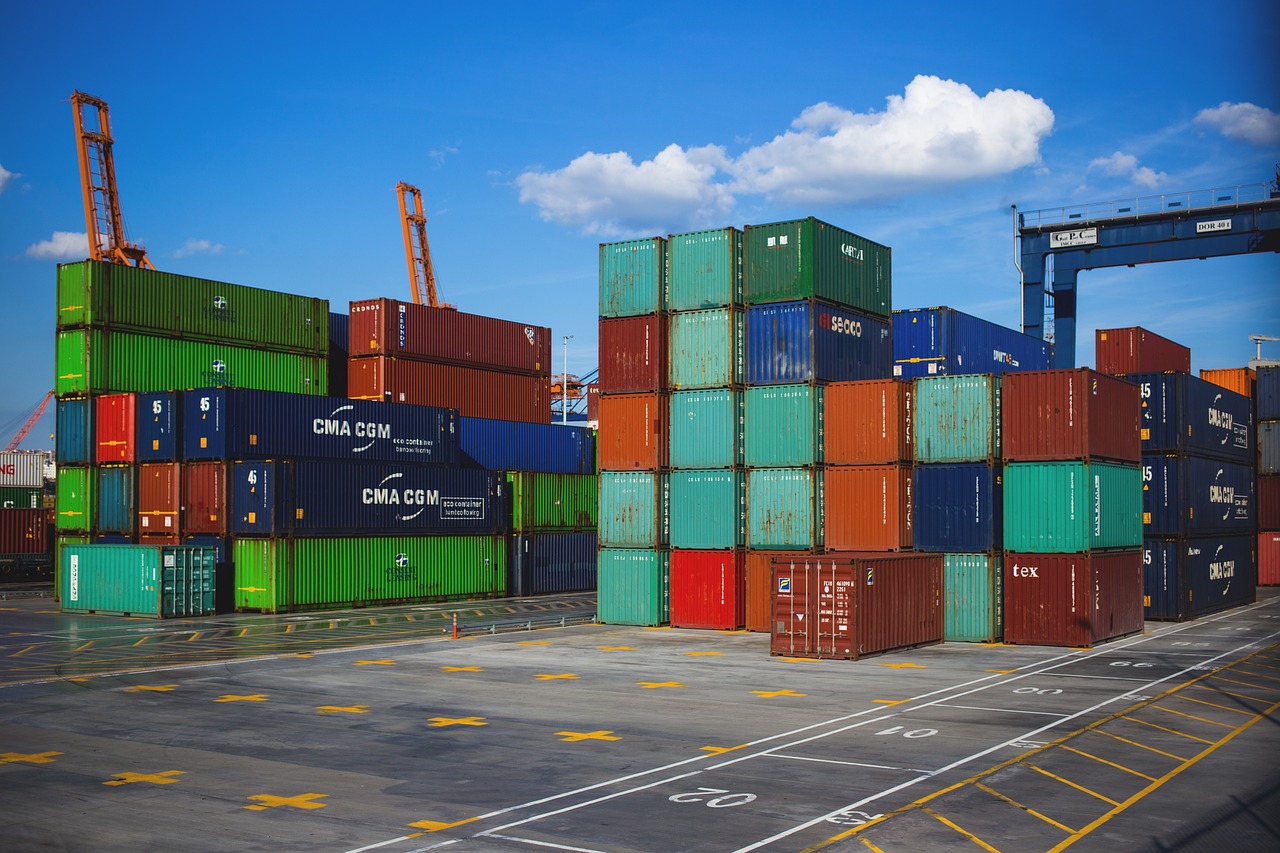Cross-border trade between Canada and the United States is a significant component of both countries’ economies. With an extensive range of goods transported daily, the importance of Less Than Truckload (LTL) shipping services is undeniable. Professional Canadian freight shipping service providers meticulously evaluate several critical factors to ensure efficient, cost-effective, and reliable freight transport between these two countries.
Understanding the Regulatory Landscape
One of the first critical elements that professionals focus on is the regulatory landscape. It is vital to comprehend and comply with both countries’ customs laws and regulations. The complexity of these regulations necessitates that LTL shipping providers remain current on changes to ensure a smooth cross-border transition for freight.
Harmonized System Codes
A part of understanding regulatory requirements is ensuring the accurate classification of goods using Harmonized System (HS) codes. These codes are crucial in calculating duties and taxes and meeting each country’s import and export regulations.
Navigating Geographical and Logistical Challenges
Canada and the United States have diverse geographies, which include sprawling urban areas, remote locales, and severe weather conditions. Skilled LTL service providers analyze these geographical factors to determine the most efficient routes and develop contingency plans for any obstacles that might arise.
Intelligent Route Optimization
LTL service providers use sophisticated technologies to optimize routes, considering factors like road conditions, traffic, weather, and delivery time windows. By utilizing GPS and data analytics, these providers can significantly improve on-time performance and reduce fuel consumption.
Enhancing Cost Effectiveness
Transportation charges can make or break the profitability of shipping goods. Professional LTL shipping service providers seek various ways to enhance cost-effectiveness without compromising the quality of service.
Consolidation and Distribution Strategies
One method of reducing costs is by effectively consolidating multiple smaller shipments into one larger shipment. This technique can reduce the number of trips and streamline the distribution process. Also, strategic distribution centres can help reduce the distance that freight must travel, leading to lower transportation costs.
Focusing on Sustainability
With growing concerns about environmental impacts, sustainability is an essential aspect of freight transportation. Progressive Canadian freight shipping services take measures to reduce the environmental footprint of their operations.
Green Initiatives
This includes adopting greener technologies like electric vehicles, implementing fuel-efficient driving practices, and optimizing load capacities to reduce the number of trips.
Building Strong Customer Relationships
In the highly competitive freight industry, customer relationships are invaluable. Establishing trust and ensuring client satisfaction is paramount for sustained success in LTL shipping services.
Transparency and Communication
Providing clients with transparency through tracking and real-time updates is one way to build trust. Good communication, especially in the case of delays or issues, is also critical. This open line of communication ensures that clients are well-informed and can make necessary adjustments to their plans if required.
Professional LTL shipping service providers need to examine and optimize a myriad of critical factors to seek success in the Canada-US freight transport sector. These include understanding and complying with regulatory requirements, navigating geographical challenges, enhancing cost-effectiveness, focusing on sustainability, and building customer relationships. By combining these factors, providers can offer an exemplary service that meets the dynamic needs of cross-border trade in North America.
















